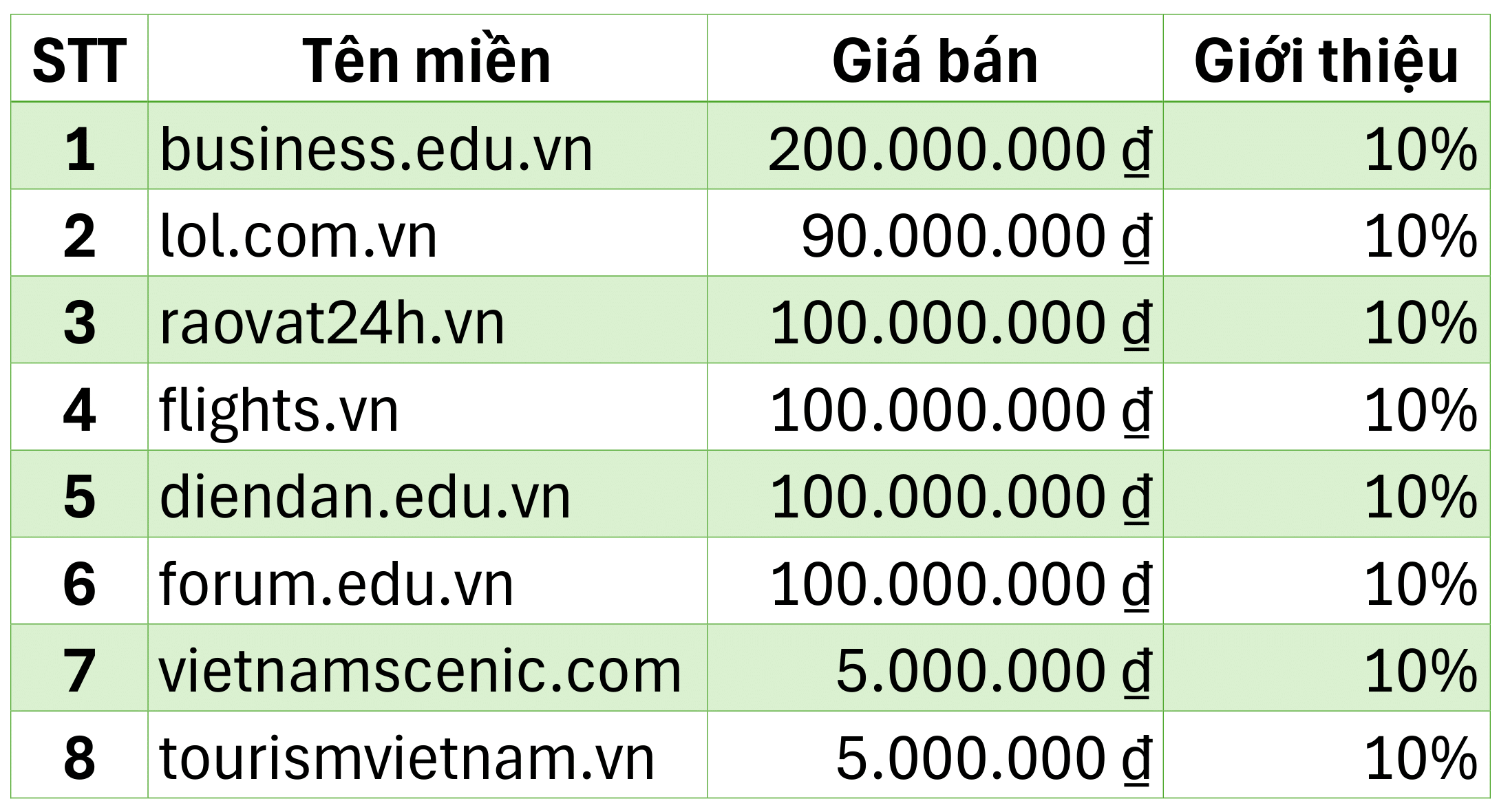haibiettuot
Nhân Viên
Reaching the 6-month milestone is a big step in your baby's development. At this point, your little one is starting to explore the world of solid foods, while still relying on breast milk or formula. But how much should a 6-month-old eat? Knowing how to balance breast milk, formula, and solid foods is important for ensuring your baby gets the nutrients they need for healthy growth. In this article, we’ll discuss the appropriate amount of food your baby should consume, including formula intake, solid food amounts, and how to introduce solids at the right time.
The Role of Solid Foods for a 6-Month-Old
 When babies turn 6 months old, it’s time to begin introducing solid foods. But how much solid food should a 6-month-old eat? At this age, solid foods are meant to supplement, not replace, breast milk or formula. Solid food intake will begin gradually, starting with a small portion of purees or mashed foods and progressively increasing as your baby becomes accustomed to the new textures.
When babies turn 6 months old, it’s time to begin introducing solid foods. But how much solid food should a 6-month-old eat? At this age, solid foods are meant to supplement, not replace, breast milk or formula. Solid food intake will begin gradually, starting with a small portion of purees or mashed foods and progressively increasing as your baby becomes accustomed to the new textures.
At 6 months, it’s typical to start with 1-2 teaspoons of food per meal, once or twice a day. As your baby becomes more familiar with solids, you can increase the amount of food to 3-4 tablespoons per meal by the time they reach 7 or 8 months. The introduction of solid foods is important for exposing your baby to a variety of tastes and textures, but it should not replace their primary source of nutrition, which is still formula or breast milk.
How much solid food should a 6-month-old eat will vary depending on their appetite and developmental stage, but the key is to introduce new foods slowly and ensure that breast milk or formula remains the primary source of calories.
How Much Formula Should a 6-Month-Old Eat?
 As you begin introducing solids, you might be asking: how much formula should a 6-month-old eat? While solids are now part of your baby’s diet, breast milk or formula should still account for the majority of their nutritional intake. At this age, your baby still needs the essential nutrients found in formula or breast milk for proper growth and development.
As you begin introducing solids, you might be asking: how much formula should a 6-month-old eat? While solids are now part of your baby’s diet, breast milk or formula should still account for the majority of their nutritional intake. At this age, your baby still needs the essential nutrients found in formula or breast milk for proper growth and development.
Typically, a 6-month-old will need between 24 to 32 ounces of formula per day, spread over 4 to 6 feedings. If you’re breastfeeding, your baby will likely nurse 5 to 6 times a day. As solid foods are introduced, formula intake may slightly decrease, but it’s still important for your baby to get their daily formula or breast milk intake to support their overall health.
It’s essential to continue offering breast milk or formula until your baby reaches their first birthday. The introduction of solid foods will enhance their diet, but formula or breast milk should remain the primary source of nutrition until that point.
How Much Food Should a 6-Month-Old Eat?
 A frequent question parents have is: how much food should a 6-month-old eat? The amount of solid food your baby should consume at 6 months depends on their development and interest in food. Start with small portions, about 1-2 teaspoons per meal, and gradually increase the quantity as your baby gets more comfortable with solid foods.
A frequent question parents have is: how much food should a 6-month-old eat? The amount of solid food your baby should consume at 6 months depends on their development and interest in food. Start with small portions, about 1-2 teaspoons per meal, and gradually increase the quantity as your baby gets more comfortable with solid foods.
At first, solid foods should only be offered once or twice a day, and you can slowly increase this to 2-3 times a day as your baby gets used to the idea of eating solids. By the time your baby is 7 or 8 months old, they might be eating 3 to 4 tablespoons per meal. However, the total amount of solid food should still be relatively small compared to their formula or breast milk intake.
How much food should a 6-month-old eat varies from baby to baby, depending on factors such as appetite, growth, and readiness to eat. Pay attention to your baby’s cues and follow their appetite.
How Much Solids Should a 6-Month-Old Eat?
 One of the most common questions parents ask is: how much solids should a 6-month-old eat? At this stage, solid foods should be introduced gradually, with small portions initially. Start by offering your baby 1-2 teaspoons of solid food, once or twice a day. You can increase the amount of solid food to 3-4 tablespoons as your baby becomes more accustomed to eating solids.
One of the most common questions parents ask is: how much solids should a 6-month-old eat? At this stage, solid foods should be introduced gradually, with small portions initially. Start by offering your baby 1-2 teaspoons of solid food, once or twice a day. You can increase the amount of solid food to 3-4 tablespoons as your baby becomes more accustomed to eating solids.
At 6 months, your baby is still getting the majority of their nutrition from formula or breast milk, so solids should be seen as a supplement. While your baby will likely be eating more solid food over the next few months, how much solids should a 6-month-old eat should still be limited compared to milk consumption.
Observe your baby’s reactions to solid foods, and be patient with the process. Some babies may be more eager to eat solids than others, and that’s perfectly fine. The goal is to offer a variety of foods, introduce new textures, and ensure that your baby is getting the right balance of nutrition.
Conclusion
In conclusion, knowing how much food should a 6 month old eat is crucial for making sure your baby receives the appropriate nutrition at this stage of their development. While solids play an important role, formula or breast milk should still be the main source of nutrition for your baby at 6 months. How much solid food should a 6-month-old eat starts small, with 1-2 teaspoons per meal, and gradually increases to 3-4 tablespoons per meal as your baby adjusts.
How much formula should a 6-month-old eat typically ranges from 24 to 32 ounces per day, divided into 4-6 feedings, while how much food should a 6-month-old eat will depend on their appetite and developmental milestones. Lastly, how much solids should a 6-month-old eat should be offered gradually, with the amount increasing over time but still supplemented by breast milk or formula.
Every baby is unique, so be sure to follow your baby’s cues and adjust their feeding schedule accordingly. If you have concerns or questions about your baby’s feeding habits, consulting with your pediatrician will help ensure they are getting the right nutrition for healthy growth.
View details at: https://www.akfood.vn/en/
The Role of Solid Foods for a 6-Month-Old

At 6 months, it’s typical to start with 1-2 teaspoons of food per meal, once or twice a day. As your baby becomes more familiar with solids, you can increase the amount of food to 3-4 tablespoons per meal by the time they reach 7 or 8 months. The introduction of solid foods is important for exposing your baby to a variety of tastes and textures, but it should not replace their primary source of nutrition, which is still formula or breast milk.
How much solid food should a 6-month-old eat will vary depending on their appetite and developmental stage, but the key is to introduce new foods slowly and ensure that breast milk or formula remains the primary source of calories.
How Much Formula Should a 6-Month-Old Eat?

Typically, a 6-month-old will need between 24 to 32 ounces of formula per day, spread over 4 to 6 feedings. If you’re breastfeeding, your baby will likely nurse 5 to 6 times a day. As solid foods are introduced, formula intake may slightly decrease, but it’s still important for your baby to get their daily formula or breast milk intake to support their overall health.
It’s essential to continue offering breast milk or formula until your baby reaches their first birthday. The introduction of solid foods will enhance their diet, but formula or breast milk should remain the primary source of nutrition until that point.
How Much Food Should a 6-Month-Old Eat?

At first, solid foods should only be offered once or twice a day, and you can slowly increase this to 2-3 times a day as your baby gets used to the idea of eating solids. By the time your baby is 7 or 8 months old, they might be eating 3 to 4 tablespoons per meal. However, the total amount of solid food should still be relatively small compared to their formula or breast milk intake.
How much food should a 6-month-old eat varies from baby to baby, depending on factors such as appetite, growth, and readiness to eat. Pay attention to your baby’s cues and follow their appetite.
How Much Solids Should a 6-Month-Old Eat?

At 6 months, your baby is still getting the majority of their nutrition from formula or breast milk, so solids should be seen as a supplement. While your baby will likely be eating more solid food over the next few months, how much solids should a 6-month-old eat should still be limited compared to milk consumption.
Observe your baby’s reactions to solid foods, and be patient with the process. Some babies may be more eager to eat solids than others, and that’s perfectly fine. The goal is to offer a variety of foods, introduce new textures, and ensure that your baby is getting the right balance of nutrition.
Conclusion
In conclusion, knowing how much food should a 6 month old eat is crucial for making sure your baby receives the appropriate nutrition at this stage of their development. While solids play an important role, formula or breast milk should still be the main source of nutrition for your baby at 6 months. How much solid food should a 6-month-old eat starts small, with 1-2 teaspoons per meal, and gradually increases to 3-4 tablespoons per meal as your baby adjusts.
How much formula should a 6-month-old eat typically ranges from 24 to 32 ounces per day, divided into 4-6 feedings, while how much food should a 6-month-old eat will depend on their appetite and developmental milestones. Lastly, how much solids should a 6-month-old eat should be offered gradually, with the amount increasing over time but still supplemented by breast milk or formula.
Every baby is unique, so be sure to follow your baby’s cues and adjust their feeding schedule accordingly. If you have concerns or questions about your baby’s feeding habits, consulting with your pediatrician will help ensure they are getting the right nutrition for healthy growth.
View details at: https://www.akfood.vn/en/


 Vận hành bởi Trương Anh Vũ®
Vận hành bởi Trương Anh Vũ®